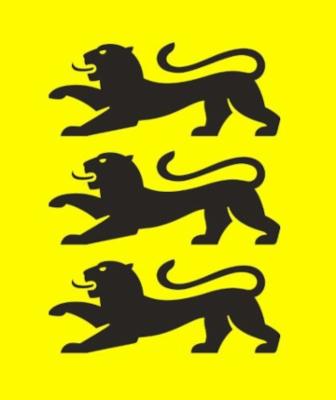How is trade tax calculated?
Trade tax is levied on the trade income. This is the profit from business operations minus or plus certain amounts. It reflects the earning power of your business. Profits are determined according to the rules of the Income Tax and Corporation Tax Act.
The tax office calculates the tax assessment amount. This is a uniform 3.5 percent of the trade income for all commercial enterprises. In the case of natural persons and partnerships, the tax office first reduces the trade income by the tax-free amount of EUR 24,500. In addition, four times the trade tax assessment amount is offset against income tax as part of a maximum amount calculation.
The tax office sends the tax assessment amount to you and the municipality in which you have your registered office.
The municipality then multiplies the calculated tax assessment amount by an assessment rate. The result is the trade tax amount, which is determined for you in a notice. The assessment rate varies from municipality to municipality, but is at least 200 percent.
Note
The tax office divides the tax assessment amount according to a specific distribution key if you
- a commercial enterprise
- with several branches
- in different municipalities
different municipalities. The trade tax is then levied in installments by the individual municipalities. The same applies if you have relocated your business to another municipality within a year.
